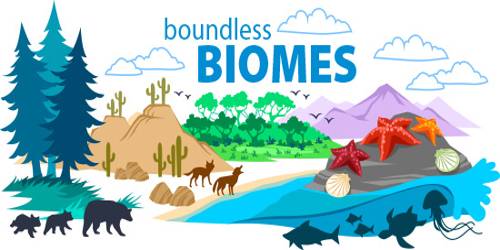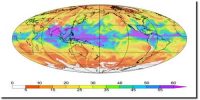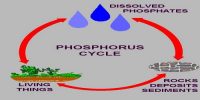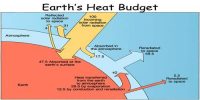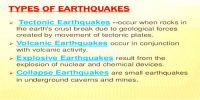The biome is a Largest recognizable assemblage of animals and plants on the Earth. The distribution of the biomes is controlled mainly by climate.
A biome is a region of the earth that can be classified according to the plants and animals that live in it. Temperature, soil, and the quantity of light and water facilitate establish what life exists in a biome. A biome is an exact geographic part distinguished for the species living there. A biome can be made up of numerous ecosystems. For example, an aquatic biome can include ecosystems such as coral reefs and kelp forests.
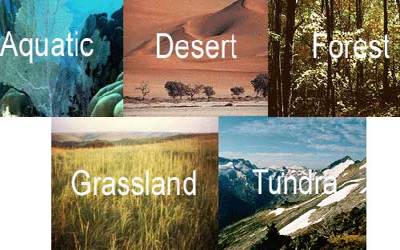
There are five major categories of biomes on earth. In these five, there are lots of sub-biomes, of which are many more well-defined ecosystems.
- The Desert Biomes: They are the Hot and Dry Deserts, Semi-Arid Deserts, Coastal Deserts and Cold Deserts.
- The Aquatic Biomes: Aquatic biomes are grouped into two, Freshwater Biomes (lakes and ponds, rivers and streams, wetlands) and Marine Biomes (oceans, coral reefs, and estuaries).
- The Forest Biomes: There are three main biomes that makeup Forest Biomes. These are the Tropical Rainforest, Temperate and Boreal Forests (also called the Taiga)
- The Grassland Biomes: There are two main types of grassland biomes: the Savanna Grasslands and the Temperate Grasslands.
- The Tundra Biomes: There are two major tundra biomes—The Arctic Tundra and the Alpine Tundra.
